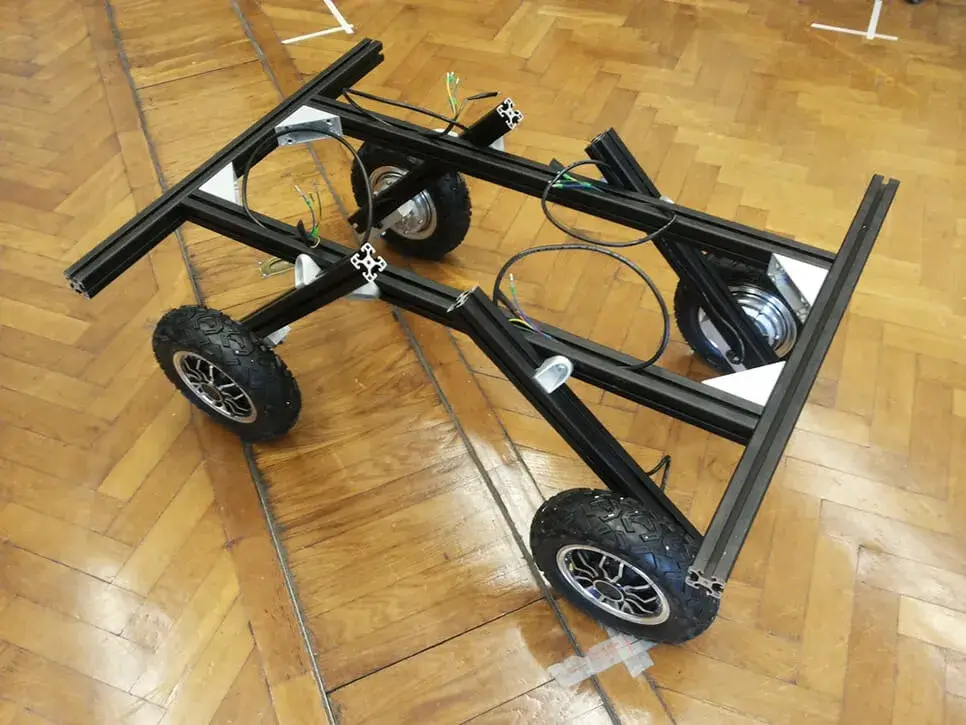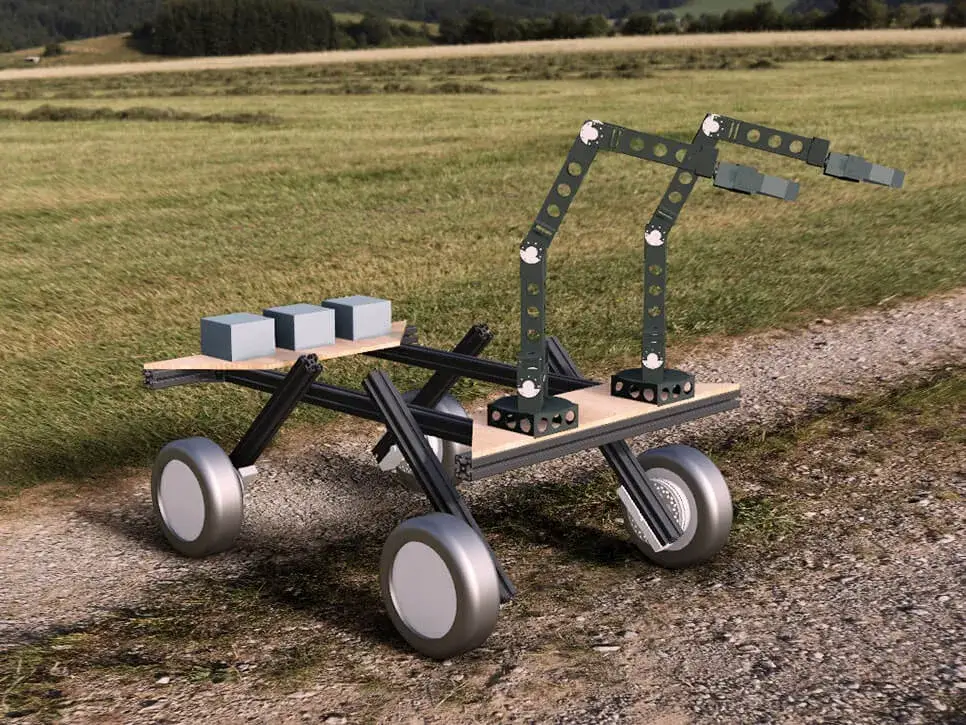Introduction
Precision agriculture practices are the most effective way to significantly reduce the negative impact of farming on the environment, due to over-application of chemicals, while still producing enough food to satisfy a growing demand. Indeed, turning traditional farming into precision farming not only lowers the chemical load in food and the environment, but also improves farmers’ profits and harvest yields, giving farmers a return on their investments. The introduction of advanced sensing capabilities allows monitoring at the plant level, spotting problems before they spread. Furthermore, introducing farming robots, chemicals can be applied with honeybee precision; pesticides and fungicides can be used only when needed and in the smallest necessary amount, or even be substituted by less impacting techniques (e.g., mechanical instead of chemical thinning, biological control instead of chemical pesticides). In brief, the introduction of advanced perception capabilities (i.e., high-tech sensors) and action capabilities (i.e., robotic platforms) brings a leading-edge technological approach to farming, allowing for observing, measuring and acting.
Design and Realization
ROBI’ is a prototype small-sized mobile manipulator for agricultural applications, whose aim is to support the development and testing of innovative perception and control algorithms. As such a small vehicle, equipped with a couple of half a meter long arms, can operate on many different crops, ranging from vineyards to herbaceous plants, the main geometrical features of the robot, i.e., ground clearance, track, wheelbase, should be easily adaptable.

Besides the adaptability of the geometrical characteristics, the design choices were driven by the following requirements:
- low cost, in order to have a research prototype that can be easily realized in multiple examples to study fleet management algorithms;
- low weight, in order to increase, as much as possible, the batteries’ discharge time and, thus, the mission length;
- simple mechanical design, so that the robot can be easily built, without requiring complex machining, from a mounting kit (and thus, easily distributed as an open source project).
ROBI’ is powered by four in-wheel electric AC brushless motors.
In-wheel motors have many advantages with respect to a classical electrical powertrain constituted by one or two electric motors and a suitable drivetrain. First of all, with in-wheel motors, no transmission is required, making the mechanical design of the vehicle easier and more reliable, reducing the weight, increasing the amount of space available over the chassis for a payload and under it to improve ground clearance and avoiding components sticking out that can be damaged, or damage the environment, in the case of impacts. Furthermore, the vehicle can be easily equipped with four independent driving wheels that allow increasing the maneuverability, even without introducing an Ackermann kinematics that is characterized by a far more complex mechanical design and excessive realization costs, and open the way to the development of innovative control algorithms for the stability control of the vehicle on sloping and/or slippery terrains.
As the position measurement devices, Orbis™ absolute rotary encoder by RLS has been selected. Though being a low-cost sensor, this encoder is characterized by a sensitivity of ±0.3◦ and a resolution of 14 bit. Moreover, another peculiar characteristic of this device, making it particularly suitable for this application, is that there is no mechanical connection between the stator and the rotor (as the motion is transmitted from the encoder axis to the measuring electronics exploiting the magnetic effect), eliminating thus the risk of disk damages due to mechanical vibrations and shocks, which frequently happen when standard encoders are used in off-road vehicles.
Future
The model here presented will be used, in the near future, to develop the robot control system and to design innovative electrical agricultural tools.



